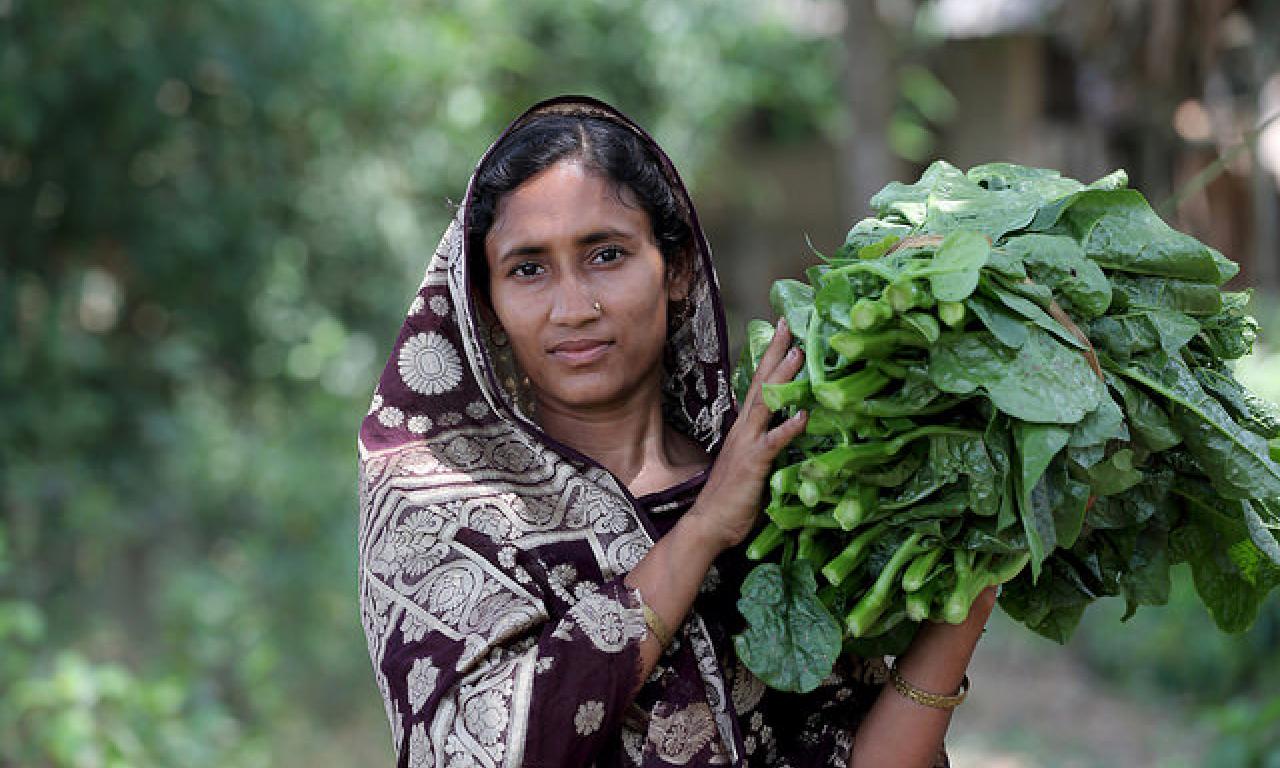
I had just arrived at our training venue in Dhaka and watched as the manager stood at the top of the stairs, screaming orders at the woman rushing around to help me. When I expressed my distaste for his behavior, he smiled and said, “Don’t worry. She’s just the cleaning lady”.
Recommended publications
- Transforming gender relations: Key to positive development outcomes in aquatic agricultural systems
- Gender strategy brief: A gender transformative approach to research in development in aquatic agricultural systems
I had just arrived at our training venue in Dhaka and watched as the manager stood at the top of the stairs, screaming orders at the woman rushing around to help me. When I expressed my distaste for his behavior, he smiled and said, “Don’t worry. She’s just the cleaning lady”.
The irony: we were training for a study investigating power relations between and among men and women.
The study, “Gender inequality: A barrier to household climate adaptation behavior,” is funded by the CGIAR Research Program on Climate Change, Agriculture and Food Security. Increasingly, climate change adaptation interventions are acknowledging women’s indispensable role in agriculture and attempting to involve women in such efforts. In southern Bangladesh, WorldFish is delivering two climate-smart agricultural innovations (fish cages and pond polyculture) to increase resilience in the face of climate risks and is targeting poor women as recipients.
However, it is not certain that these targeting efforts actually allow women to use or benefit from agricultural innovations or that targeting alone will increase gender equality. In fact, women-sensitive adaptation projects can have the opposite effect unless they are designed and implemented in a gender-sensitive (or even gender transformative) way.
In response, this specific study aims to investigate how gender shapes the uptake and sustained usage of these two ‘climate-smart’ agricultural innovations. Through in-depth qualitative research methods and tools, we hope to begin to flesh out how power is constituted in actual interpersonal relationships (between wives and husbands, between an individual and her neighbor, or between an individual and a community leader or a local ‘expert’, for example). How do women’s close relationships shape who uses, owns or benefits from new agricultural innovation? How are the technologies and/or relationships themselves adapted, mediated or negotiated by the various actors?
How do we encourage researchers and partners to be conscious of their own positions of power vis-à-vis their research team and participants? Taking a gender transformative approach means not only finding effective ways to research the uneven power relations that limit the potential of agricultural development interventions, but also querying and challenging power dynamics in the research process itself to achieve lasting, deep and widespread impacts from this research.
As researchers, we spend a lot of time studying others. But, as this training session made clear, we also need to look at ourselves, to reflect on our positions, how we treat others and how this shapes the research process, even before the real ‘research’ begins.
